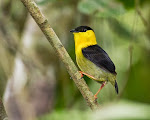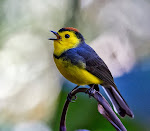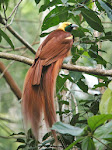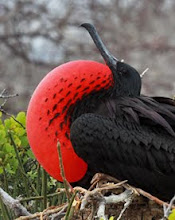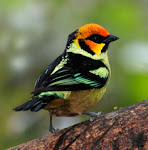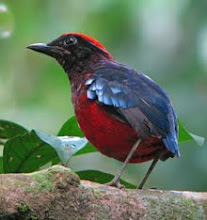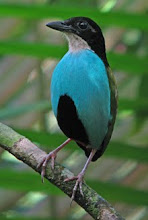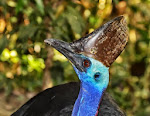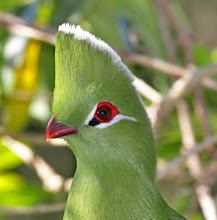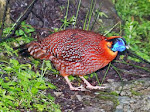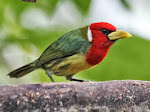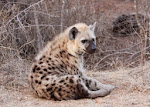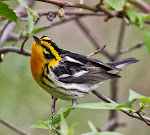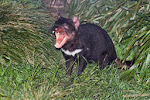

The photos above are of San Isidro’s now famous “mystery owl”. Many years back this bird was found right around the cabins at San Isidro, and one or two of them have been an almost nightly fixture ever since, often visible between the cabins and the lodge restaurant, where it can be extraordinarily confiding.
The question remains though, WHAT EXACTLY IS IT? The location and elevation add to this mystery. There are two species of Ciccaba owls in Ecuador, Black-and-white Owl, and Black-banded Owl. The former is confined to the western slope of the Andes at elevations usually lower than 1300m, while Black-banded Owl is found on the same slope of the Andes as the San Isidro Owl (east slope), although only in the lowlands and foothills, (up to around 900m elevation). Distributions of birds in the Ecuadorian Andes are often tied strongly to a particular slope, as the two parallel chains of the Andes that form the north-south spine of the country, are divided by a dry inter-Andean valley that provides a substantial barrier to bird migration. The harsh dry, semi-desert like environment of this inter-Andean valley is not readily hospitable to many bird species, and a relatively low number of birds are found there relative to the wetter, forested eastern and western slopes. So by implication the bird at San Isidro should not be a Black-and-white Owl, and is arguably more likely to be a Black-banded Owl that is at least found on the same side of the Andes. However, that species has never knowingly been recorded above much lower elevations. On top of all of that the bird appears somewhere between the two in plumage, so does not really fit either one perfectly. As the calls of both Black-banded, Black-and-white and the “mystery owl” are basically the same, this does not enlighten us any further either.
One argument is that it represents a whole new species of Ciccaba owl, and many a lister sure hopes so! The final argument is that maybe both Black-banded and Black-and-white Owls are actually one species anyway (they certainly call the same), and if you follow this argument through then the San Isidro Owl is then probably within this larger species. Who knows what it really is, but it really is one intriguing owl, and an interesting mystery. Maybe genetic studies of all the “species” will one day reveal all. Until then I will be keeping an eye out on the way to dinner for it sitting in its favored cecropia tree. Whether is a new species, an old species, or all one species it is one very smart owl all the same!



















